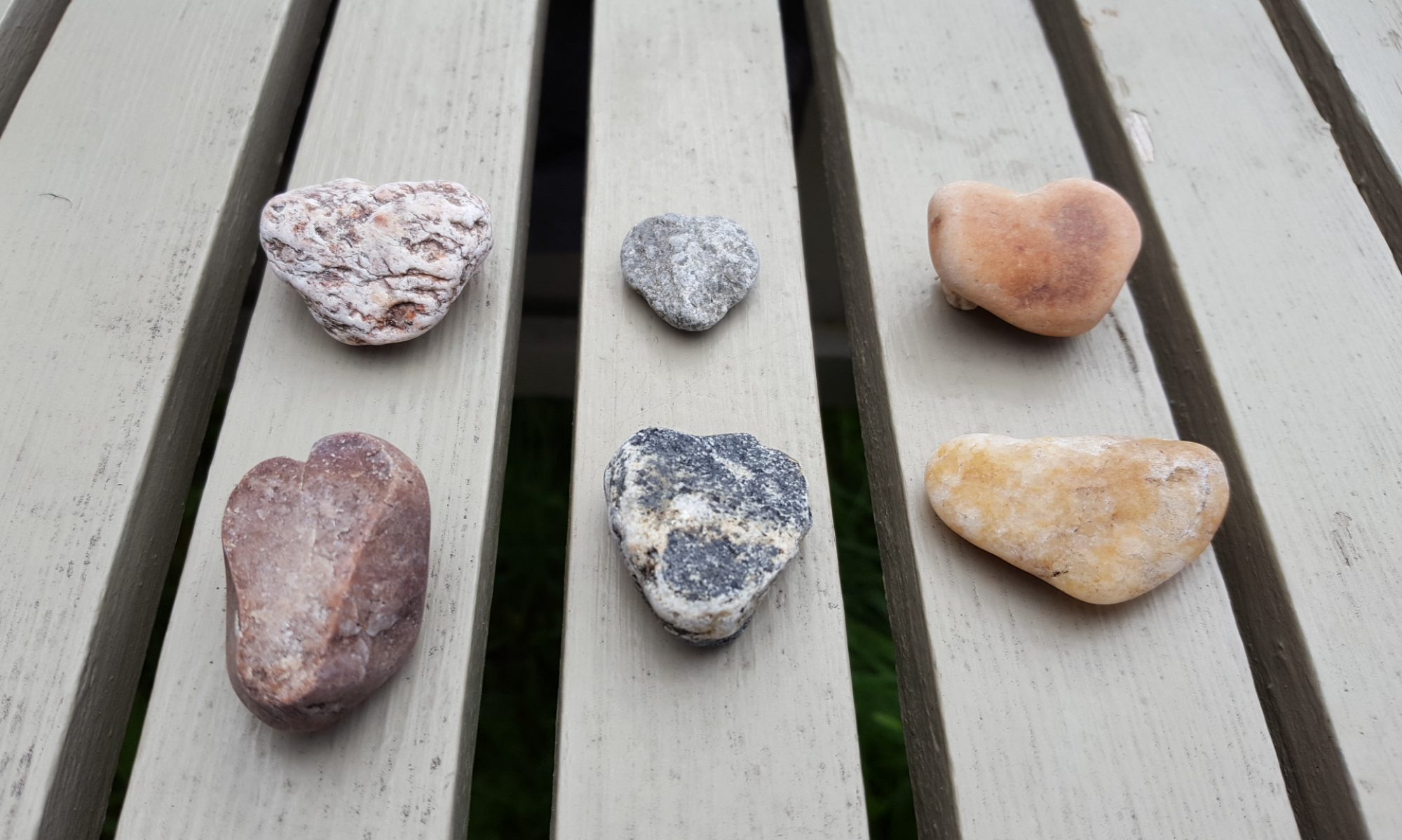Human society has many levels of performance. We see gradations from bottom to top in socialization, education, discovery, creativity, innovation, and motivation. The gradations are partly about inherent fabric of individual people, but are also about the barriers, hurdles and impediments that must be surmounted on the journey. The human mind, body and spirit is a powerful foundation for performance, when harnessed in integrative harmony. Human capacity, nurtured and developed, fostered in enabling environments, is in a sense limitless for the time and space that we occupy on Earth. According to evolved standards of desirable behaviour, intellectual reach and athletic achievement, we seek as individuals and as collectives the highest planes of humanity, pursuit of new knowledge and its validation, and extraordinary records in sport and games. This drive is innate, relentless and endless, thankfully. Without the need and desire to be better in all aspects of our beings, society would not flourish. We all want better education, better amenities and living comforts, better giving to the unfortunate, more courage and to be or view the positive instigator of excellence.
Humanity was spawned a wide range of cultures and traditions, many being distinctly or dramatically different from each other. Yet, each society has an inherent believe that things can get better through the coalition of well-intended actions and supports. With the world as we know it now linked electronically and through transportation systems, we have more and more both the chance and the obligation to coalesce around excellence that is non-denominational in its purpose and impact. This is a big challenge when the world is built on the basis of nations, ethnicities, religions and fear.
Many “borderless” views and actions are countering any tendencies or active efforts to be insular and ignorantly combative. There are numerous excellent examples of global organizations put in place to raise the standards of health, education, wealth and performance for all peoples. We owe as big a debt to these organizations for the good of all as we do to the many veterans of foreign wars. Whether it is the Nobel committee offering the Peace Prize, the WHO attacking new viruses, doctors and nurses caring for the sick and wounded and dying, the engineers who are putting potable water sources into poor communities, the Gates Foundation meeting “Grand Challenges” that address maternal, fetal and childhood health, watchdog organizations protecting endangered species on land and sea or in the air, or commissions investigating and recommending sanctions for irresponsible and criminal behaviours, we are trying hard to foster global excellence for human kind. Thankfully!
So, keep your faith in being the best you can be, make the most of who you are, and know that every small step you take forward and upward helps our global society survive and thrive during dangerous, chaotic times where some leaders are thoughtless autocrats or careless fools. We can do better for people, together.
